State of the Nursery 2025

Welcome to the annual look at what has gone on this last year at Tea Nursery’s third year. This year was fully packed, from my second full farming year to continuing my university studies online and settling in Japan a bit more. Then rice shortages, too. There is also the ongoing matcha shortage, but that one you probably knew.
First, let's have a brief look at some numbers. This year, we have published around 20 articles, depending on whether we consider publishing our podcast episodes or the announcement of the digital book as published "articles" in one way or another. The newsletter is doing great, having recently cracked 80 signups. Considering that the variety of content has been less diverse this time around, it is quite a nice outcome. Twenty articles published is a good number, personally, time is short at a farm, especially when doing a university degree in the evenings.
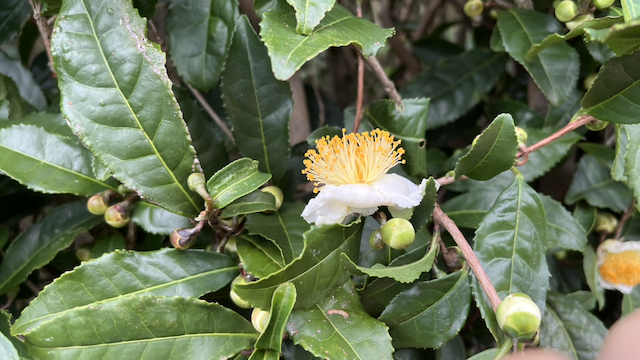
Website analytics is a hot topic, one that I would prefer not to look into too much. It is both a blessing and a curse. Here are some interesting insights from the minimal data I do get. No fancy analytics being used here. In total, we reached 8900 visits in the last two years, which is more than 4000 visits this year, but that is not what is relevant. People are reading and learning from the content we are putting out there, with an average of 300 visits per month, which is actually ramping up lately to around 600 as I type this article. So, “only” 80 people joined the newsletter, which does not give you the full picture, right? If you are starting any kind of blog, don't let that dismay you; the trees might not be letting you see the forest, keep on! This blog had 5 subscribers in its first year, including myself, and around 25 in the second year. You have to start somewhere.
Moving on from numbers, let’s come back to what has happened tea-wise. This year I have focused heavily, in particular, on the first half of the season, to cultivar research, collecting, collecting and more collecting of information. I still have a lot to comb through. Slowly building ways to speed up cultivar articles for this upcoming winter period. Perhaps you have already seen some of that with the updates to the cultivar resource page, the revision of the reference material, and the rewriting of at least 7 of our cultivar articles to keep them up to date.

The second half of the season, I have focused, perhaps counterintuitively, on not publishing as much. Instead, I have spent much of my time improving and expanding my tea education. I have talked, called, texted, and joined many tea professionals, business owners, farmers, and tea courses as I have been able. Additionally, I will be attending several other educational experiences this winter as well. This year has been enriching in many ways. I met many wonderful people and learned not just about tea, but also the people behind it. Something, I believe, is even more important. Lately, I have been taking a deep dive into Chinese tea through those readings and courses, and of course, buying and scouting for good teas for reference. I have always focused on Japanese tea, thanks to my introduction to it being Japan. Professionally, but it is also a language I can speak, and for the last two years, it is the tea language I live every day at the farm.
This season's favourites
This year, the most visited article by far, until recently, when more articles on the topic started coming up, came up quite early, in November last year. You might remember the now-famous post from a certain matcha blending house announcing the restrictions on matcha products. An announcement long time coming in my opinion, that launched most of us into what would be the defining theme until today, for those working or drinking Japanese tea. That article was a hot-headed, after working hours, hastily written post. Perhaps you might see that in the writing, but I do think I still see most, if not all, the things exposed in it. Agree or disagree, I would love to hear your opinion or your experience as a professional working in tea or as a consumer. While we have stopped using Instagram for promotion and communication, you can join our community in Discord or just make it more personal and email me.
Interestingly, my university assignment turned article on the website on Bunjin and Sencha is a close runner-up against the matcha situation article. You should take a look if you have not yet. For a unique perspective on Sencha as a silent revolution.
The other article, or should I say resource page, that has seen the most amount of interest, constantly, has been the resource page on Japanese Cultivars. It gets a constant influx of visitors and seems to have slowly aggregated a few website resources useful for people, as well as a place to check cultivar information. I do find myself looking at it sometimes to quickly check on some particular data point as well. I hope these resources prove useful for other people. In particular, for tea shops, blogs, or similar. Some websites tend to have spotty information on occasion. If you run a tea business or tea blog, feel free to use the information to create better content yourself from that page! Biased as I might be, it is a great resource. Attribution is nice, not necessary really, but if you are just going to copy and paste the content of the individual cultivar articles into your website as your own work, that's not cool. Yes, I am looking at you. You can ask, you know?
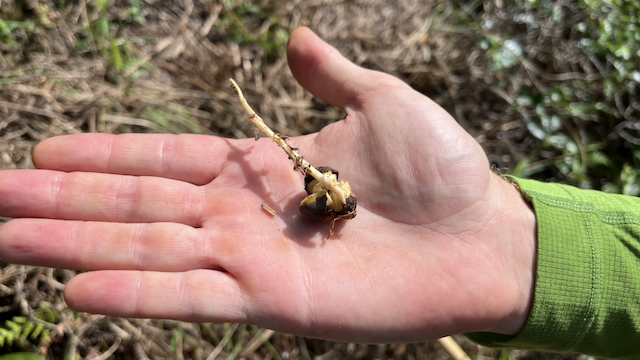
Speaking of cultivars, any guesses on what the most frequently visited cultivar articles are? There are two fighting for the top spot, one fairly well known and widely available, the other one lacks in information of any kind, with its article maybe being one, if not the only one, referenced somewhat in English. The two cultivars are Okumidori and Ujimidori! My guess is that both have ranked up more as they are used in matcha, and people might be looking for information on them.
On the Horizon
Last season, I had a lot of ideas, with both a lack of time and resources to make them a reality. Not that I do now, but somehow, something has started to slowly make its way into reality. I mentioned leaving Instagram for the time being and moving to Discord, which is in part to make more of a community feel. I felt like I was getting a lot of value interacting in there with new people and other long-term readers, but very isolated from each other. I wanted a place where they can gather and connect with others and have a platform where I could hang out with them, maybe share some tea online, and eventually get some presentations on different topics or other educational material. I will continue to build in that direction. You can join us there.
I also mentioned before the digital book, Japanese Tea Cultivars: A Comprehensive Guide. In fact, this was mentioned in the State of the Nursery 2024 as well. This is part of the broader goal of creating resources and educational content on Japanese tea. I intend the book and the website articles to be the same, updating both as we go and find more information or sources to add to a particular topic. At the same time, a growing project like Tea Nursery does take some economic input from my side, and increasing as the website grows.
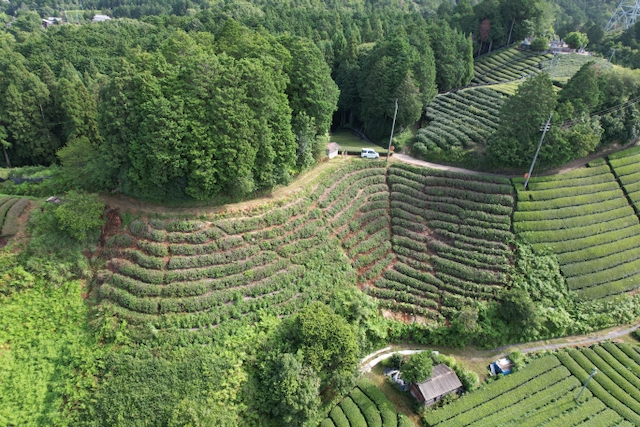
Furthermore, it is the amount of hours poured into translation, interpretation, cross-reference, writing, publishing, and promoting for every single article. The book, free to get now, with free updates going forward, is my way to keep access to knowledge open to everyone while creating a way to at least take care of the financial aspect of running a website. Yes, that means I do intend to charge some amount of money as the book grows. Don't fret, the same content will remain and be updated for free on the website. I really enjoy spending the hours I can into creating education opportunities for others, but there is only so much one can do with their amount of spare time. Hopefully, I can with this build a bit more sustainability into the project.
A long time ago, in one of the monthly newsletters, I mentioned a prototype of an app to check cultivars. That has started moving a bit more, too, mostly just a searchable list of cultivars, nothing too usable to be honest, but it will improve with time if there is a real need for such tools. Let me know if that is of interest to you in any way. There is a beta version of it available out there. Lately, this project has been moving forward due to my need to keep track of the amount of tea I have. So I have been lately adding some tea stock features to it and see how it feels. I am not proficient at coding or anything like that. I just enjoy the process of creating a tool that is useful for me and perhaps for someone else. If you have any suggestions, send them my way. That said, recently, the people behind TeaDB have launched their version of a stock application for the web. It is a super cool tool, you might want to check it out.
Aside from that, this year I want to focus more on other teas from other countries, not necessarily for publishing, but learning from other countries' techniques can expand my current knowledge. I would like to give a more global character to the website and grow my experiences to a much more wide tea spectrum. At the same time, this past year, I have been reading a lot about the regionalities of foods across Japan and also some professional courses on sake. I look forward to weaving those experiences into articles next year in a project or a series with the tentative name of "Food where tea comes from".
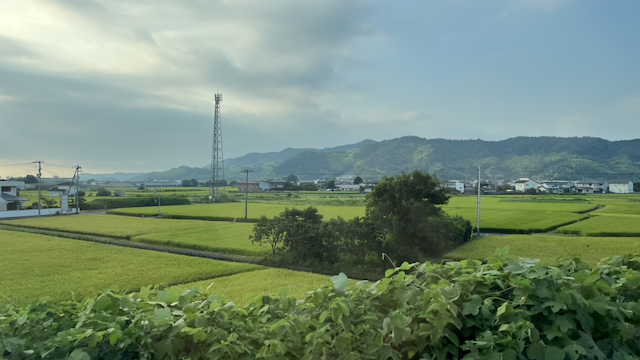
Tools, Resources & Recommendations
Aside from the above ongoing projects, there is a bunch of other things I have used to create them. While some of these are not tools per se, the learnings from them have influenced the writing for the blog, and helped me to learn about tea or connecting with people of tea.
Podcast
Speaking of People of Tea (what a great transition, George Guttridge-Smith is the brain behind the wonderful podcast and website People of Tea. It features several interviews with people from the industry, weaving personal and professional points of view and experiences. You can find the show on different platforms, check his website, and find my interview with George as well there. I have also appeared twice on Ryan and Sam's Specialty Matcha podcast this year. If you have not listened to their podcasts, they interview experts from across the industry and also have more reflective episodes on the state of the matcha industry and tea as a whole, too. You can find my appearances here and here.
I did not coin the term for the first time, but I do agree with Alex Dwyer that we are in "the golden age of tea podcasts." I have built a resource page using the amazing Listen Notes podcast search engine to stitch together a list of various active and dormant podcasts with great content and people behind them. You can check it out here and find it in our resources page as well. Some interviews or talks in those podcasts are great conversations about authenticity, beauty, farming, and a wide-ranging expression of other learnings.
Books
While I do not always read about tea, I do read material that is related. In particular, this year, I have read a lot on Japanese culture and mindset, as well as started collecting a bunch of regional food and history books to explore how tea fits in those regions. Hopefully, one of the projects next year will draw some inspiration from those books. I have also read some others that I have been sharing through the newsletter here and there. More recently, I had two that I was really inspired by.

This book was recently published in April. It is a collection of articles published in a Japanese tea-focused scientific journal. It has many great articles, ranging from processing developments and especially some historical context articles on it. Among those, there are a few regarding the growth in production of tea and other developments in Wazuka and areas besides Uji. I found it fascinating, so glad that those insightful articles are making their way out of scientific journals and reaching a wider audience into the public. Hopefully, it will have an English translation at some point.
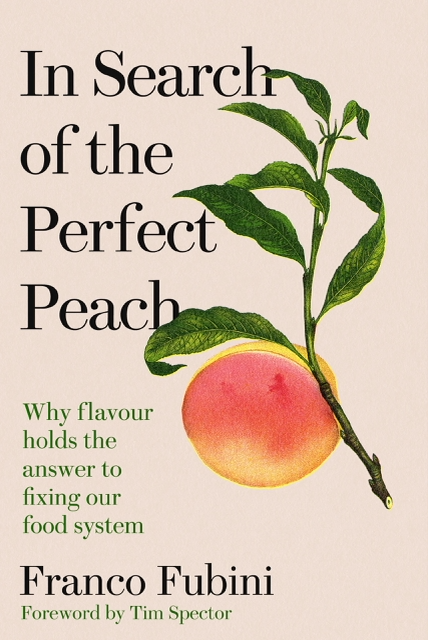
In Search of the Perfect Peach by Franco Fubini is a book on food, but not only that. It is an approach to how choices change entire systems, every product has a story, and how the education of the customer base (or uneducation of it) changes the supply chain locally and across the globe. We can see similarities in tea. How the white tea boom essentially destroyed and forced many to switch from other tea production to white tea producers. How the puer boom also shaped their producing communities. How the fame of Lapsang ended up ravaging through the mountain forests that literally fuelled its production. More close to home, I do think matcha will and is having an enormous hit on Japanese tea producers and processors.
How those this affect the price of sencha next year? If we suddenly swap 5% of sencha to tencha, how does that affect the factory overload, but also how does it affect the price of sencha itself? Probably raising prices for it? Time will tell. Outside of Japan, how will Korean or Chinese tea in the Matcha production scene change the identity of their local tea traditions?
Are we going to see an uptick in tea production? Is that good if that only implies a rise in Chinese-made matcha? Is that at the expense of losing, for example, local traditional black tea production? There are only so many tea fields out there, and the loss of tea identities has already happened several times in Taiwan, China, and Korea. Maybe it is a first in Japan, but how will that play in and out of the country remains to be seen...
In summary, In search of the perfect peach, will make you rethink your food identity and hopefully make you understand what food really costs, how it has shaped your local culture, and how global supply chains have broken, but also build bridges between food and culture.
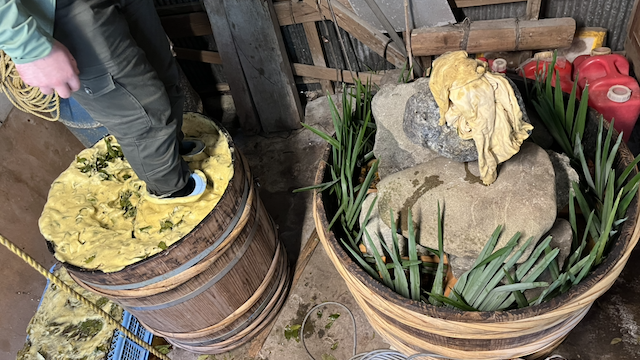
Thank you
Thank you so much for reading this instalment of State of the Nursery. I said it last year and the same right now, still not sure how to approach this recap post. It is a unique opportunity to reflect on both the past and the future of this project. At the same time, many things have happened.
Once again, this year, many people seemed to enjoy the cultivar posts, which make up most of the website, so perhaps not a fully fair comparison. I wasn’t sure last if that would be too niche, but it appears to be reaching an audience, one that is a nice slice of the tea people spectrum.
While I take my sweet time to write anything really this past year, both with other commitments, the reception is good. I want to keep that level of trust in the articles without overthinking them, but not delaying posts simply because they’re not perfect.
Thank you for reading these words and being a part of this community. I’m so grateful and lucky to share my professional and personal tea experiences here with you. I can’t wait to see what the upcoming season will bring.

One More Thing
I've always considered Tea Nursery to be a space for learning, sharing, and discovery. A place for both passionate opinions and deep research dives. Over time, I've come to realize how much remains to be done in tea education, both within the industry and among consumers.
Through my exploration of tea writing, I've learned as much about what surrounds the leaf as about the leaf itself. Eventually, learning about the people, the places, and the cultures that shape it. And as I've ventured into adjacent worlds like in my past background, coffee, nowadays rice, sake, traditional wooden barrels, salt, eggplants, grapes. I've noticed a pattern in what draws me into reading and learning about something. Borrowing from Michael Tremblay's framework, these topics converge around tea as follows:
- The tea product itself
- Water
- Environment
- Microbes
- Culture
- The human element
Since Tea Nursery launched in 2022/23, I have written on tea with flexibility on the topics, while holding firm to strong ethics on referencing, first-hand information, and above all, independence in our writing. Your trust in the research, the opinions shared, and the integrity of this work has been and will always remain central to Tea Nursery's mission. In a world where information is exceedingly generative and distributed around like a commodity across countless platforms and formats, it’s now more than ever to promote clear, critical, and ethical information that allows readers to know where the information comes from and whether it can be trusted.
I am searching for like-minded people who share this commitment. To those who engage critically and deeply, cutting through the veils of "authenticity" and "tradition" that too often obscure truth in the digital space. If this resonates with you, and you have a writing itch to scratch, reach out.
